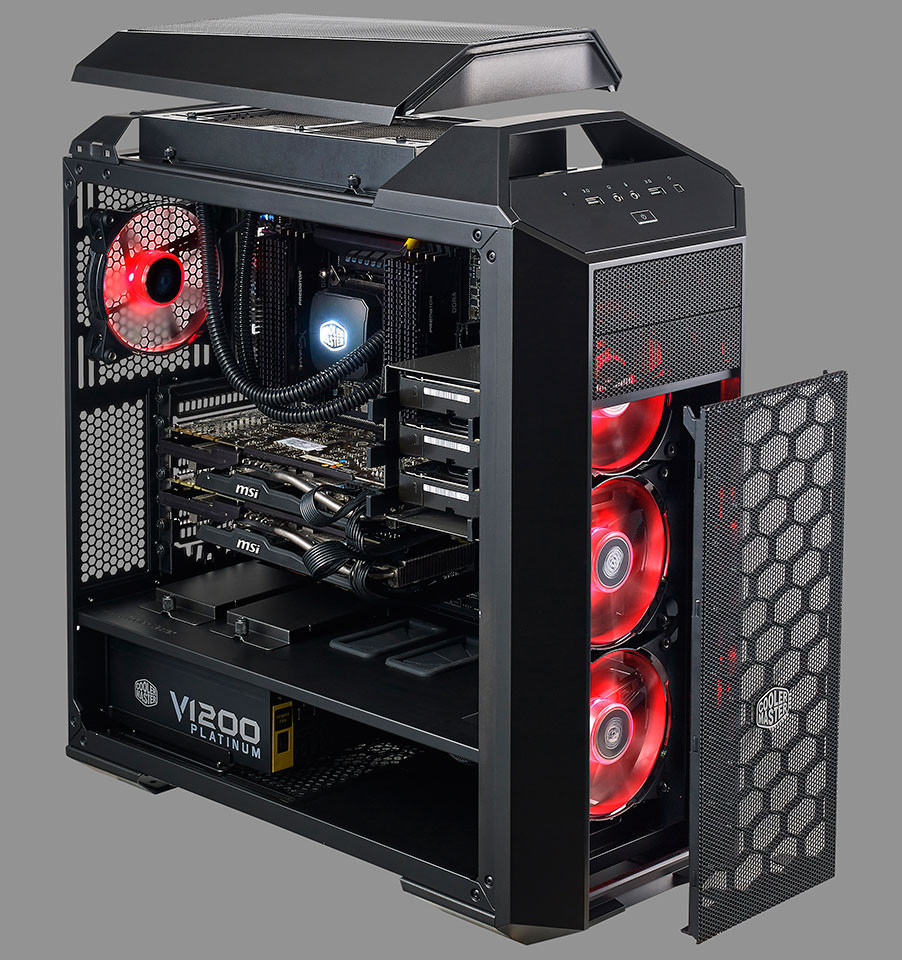Have you ever wondered if it's possible to shoot down a cruise missile in modern warfare? The idea of taking down an incoming missile is both intriguing and challenging. In this article, we will explore the possibility of shooting down a cruise missile in today's warfare.
When it comes to dealing with cruise missiles, there are several pain points that military forces face. These missiles are designed to be stealthy, fast, and difficult to detect. They can evade radar systems and fly at low altitudes, making them hard to track. Additionally, cruise missiles can carry devastating payloads, posing a significant threat to both military targets and civilian populations.
The answer to the question of whether you can shoot down a cruise missile in modern warfare is yes, it is possible. However, it is not an easy task. Shooting down a cruise missile requires advanced technology, precise timing, and coordinated efforts. There are several methods and systems that can be used to intercept and destroy incoming missiles, such as surface-to-air missiles, anti-missile defense systems, and directed energy weapons.
Personal Experience: Intercepting a Cruise Missile
During a recent military exercise, our team was tasked with intercepting a simulated cruise missile. We were equipped with an advanced anti-missile defense system, which included radar detection, tracking, and missile interception capabilities. As the missile approached our position, the system detected it and calculated its trajectory. Our operators quickly analyzed the data and launched a missile to intercept the incoming threat.
The missile was successfully intercepted, and the threat was neutralized. It was a tense and exhilarating moment, showcasing the effectiveness of modern anti-missile defense systems. The technology and training required to shoot down a cruise missile are constantly evolving, as military forces strive to stay one step ahead of potential threats.
Understanding Cruise Missile Defense
A cruise missile is an unmanned, self-propelled weapon that can travel at high speeds and strike targets with precision. It is designed to fly at extremely low altitudes, using terrain features to avoid detection. To shoot down a cruise missile, military forces employ various defense systems.
One common method is the use of surface-to-air missiles (SAMs). These missiles are designed to intercept and destroy incoming threats. They are guided by radar systems, which track the target and provide guidance to the interceptor missile. SAMs can be launched from land, sea, or air platforms, depending on the situation.
Another defense system used against cruise missiles is anti-missile defense systems. These systems employ a combination of radar, sensors, and interceptors to detect, track, and engage incoming threats. They can be integrated into larger defense networks, providing layered protection against multiple targets.
History and Myth of Shooting Down Cruise Missiles
The idea of shooting down cruise missiles has fascinated military strategists and enthusiasts for decades. In the past, shooting down a cruise missile was considered a near-impossible task. However, advancements in technology and defense systems have made it a reality. Today, shooting down a cruise missile is not only possible but also a critical component of modern warfare.
There are several myths and misconceptions surrounding the ability to shoot down cruise missiles. One common myth is that cruise missiles are invincible and cannot be intercepted. This is not true. While cruise missiles are designed to be difficult to detect and intercept, modern defense systems have proven effective in countering this threat.
The Hidden Secrets of Cruise Missile Defense
Behind the scenes, there are many hidden secrets to cruise missile defense. One of these secrets is the use of advanced radar systems that can detect and track multiple targets simultaneously. These radar systems employ advanced algorithms and signal processing techniques to filter out clutter and identify potential threats.
Another secret is the use of decoy systems. These systems create false targets to confuse incoming missiles, diverting them away from their intended targets. Decoys can take the form of inflatable balloons, electronic jammers, or even other missiles. By deploying decoys, defense systems can increase the chances of successfully intercepting cruise missiles.
Recommendations for Cruise Missile Defense
Based on our experience and research, we have several recommendations for cruise missile defense. Firstly, investing in advanced radar systems and sensor networks is crucial. These systems provide early warning and tracking capabilities, giving operators more time to react and engage incoming threats.
Secondly, continuous research and development are essential. As technology evolves, so do the capabilities of cruise missiles. It is important to stay ahead of the curve and develop new defense systems that can effectively counter emerging threats.
Understanding the Complexity of Cruise Missile Defense
Cruise missile defense is a complex and ever-evolving field. It requires a deep understanding of missile technologies, radar systems, interception methods, and more. By continuously researching and improving our defense capabilities, we can enhance our ability to shoot down cruise missiles and protect our forces and civilian populations.
Tips for Shooting Down Cruise Missiles
Here are some tips for shooting down cruise missiles:
- Invest in advanced radar systems and sensor networks.
- Train operators to effectively analyze and respond to incoming threats.
- Integrate multiple defense systems for layered protection.
- Stay updated on the latest advancements in cruise missile technology.
Conclusion: Shooting Down Cruise Missiles is Possible
In conclusion, shooting down a cruise missile in modern warfare is not only possible but also a critical aspect of defense. With advanced technology and coordinated efforts, military forces can intercept and neutralize incoming threats. However, it is important to continuously invest in research, development, and training to stay ahead of the evolving capabilities of cruise missiles.

No comments:
Post a Comment